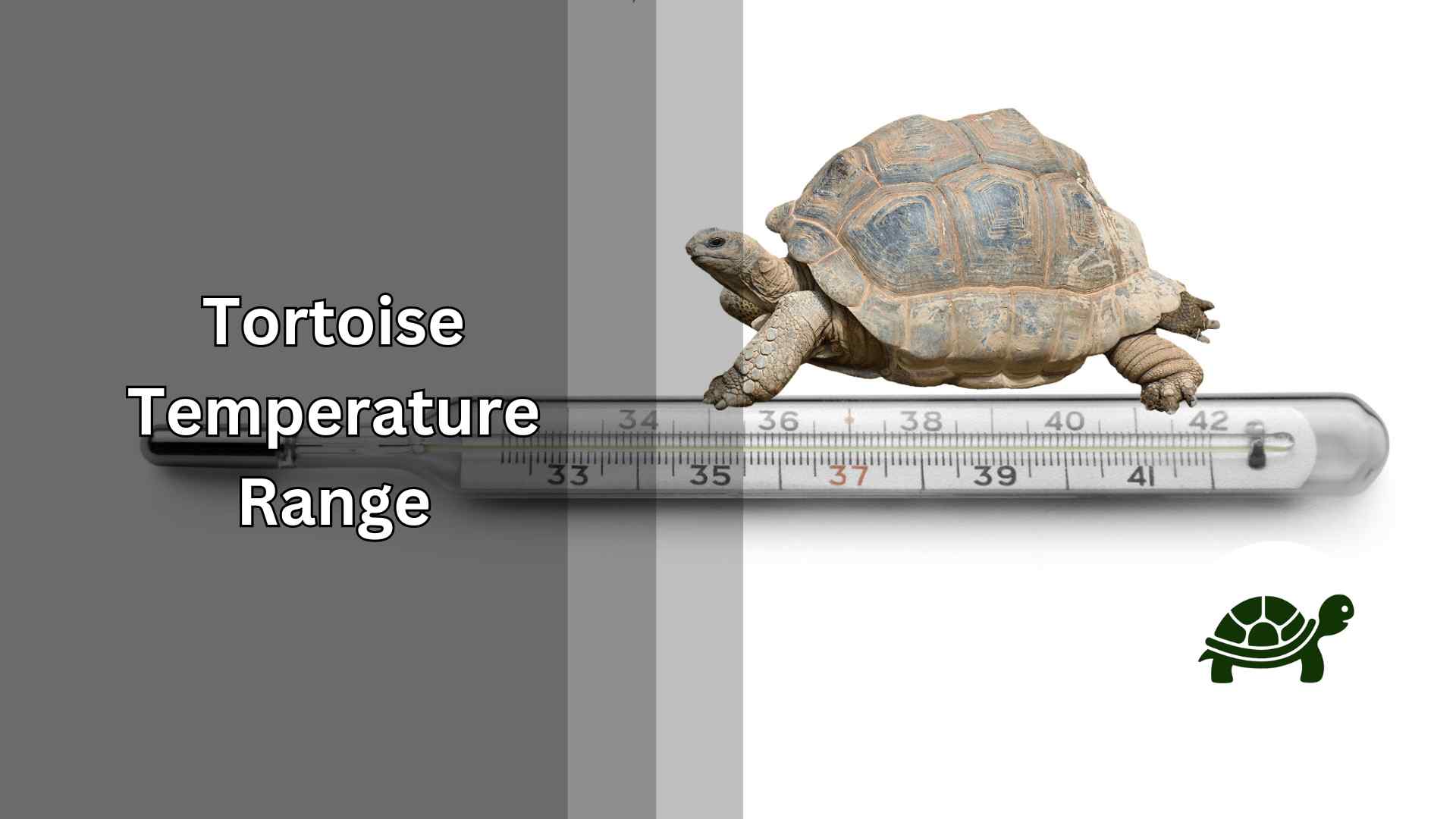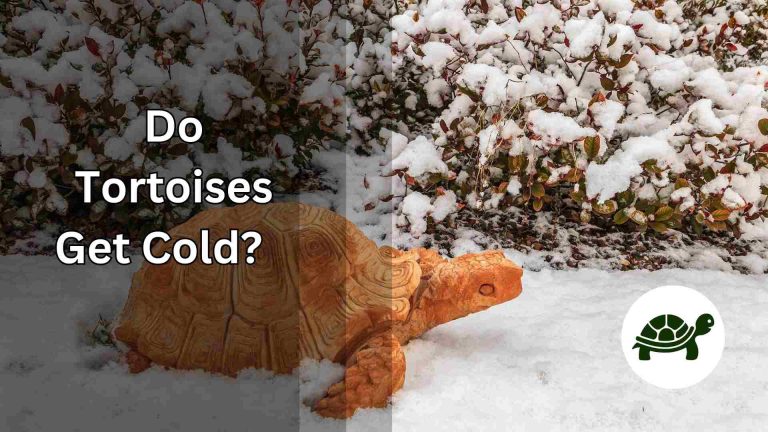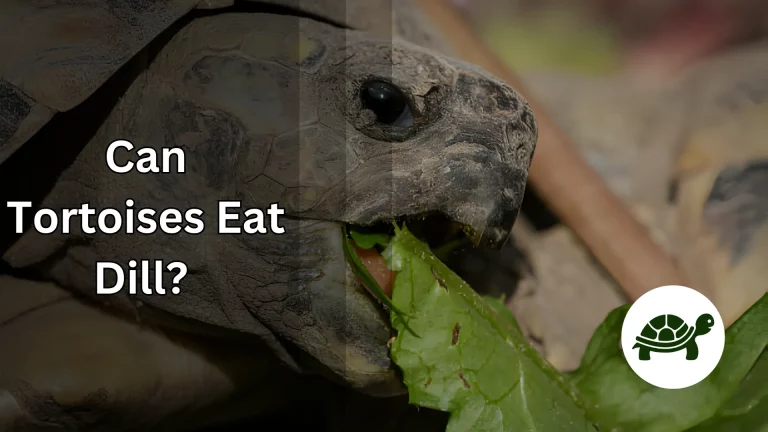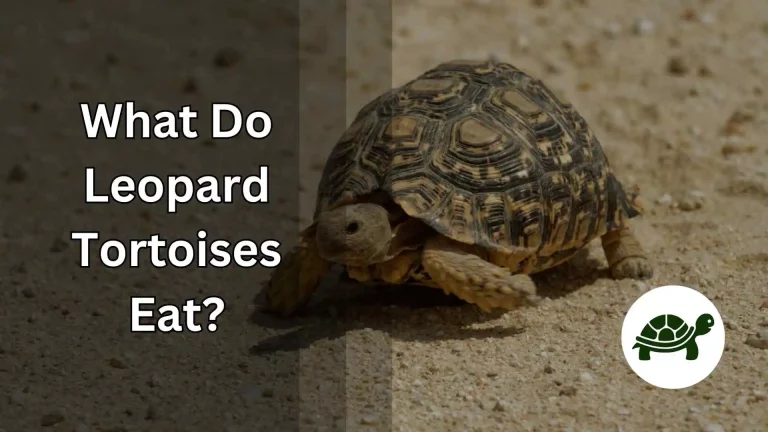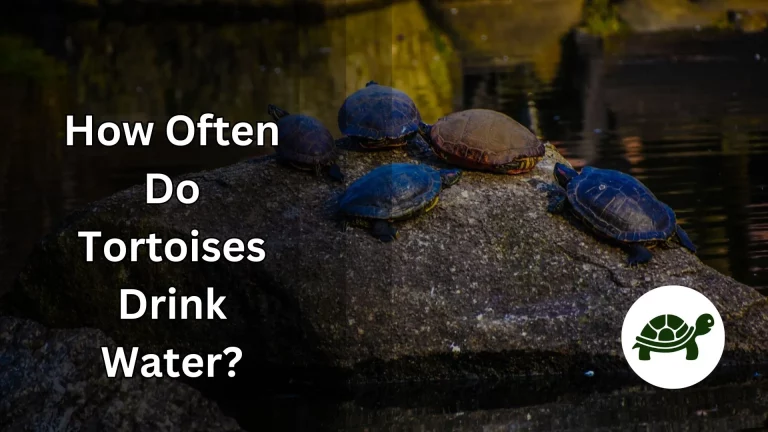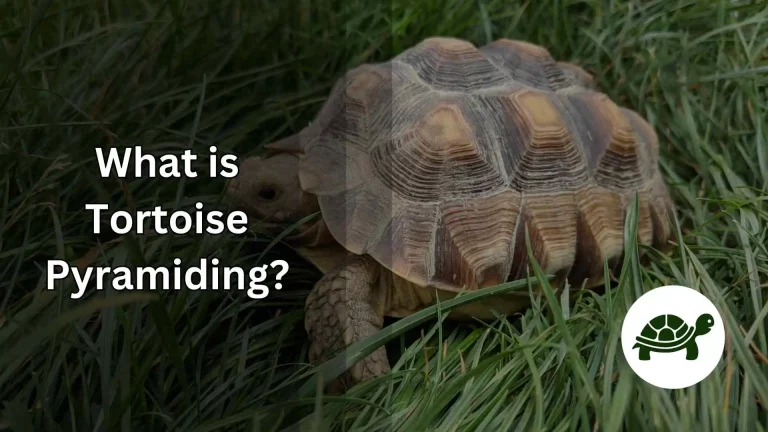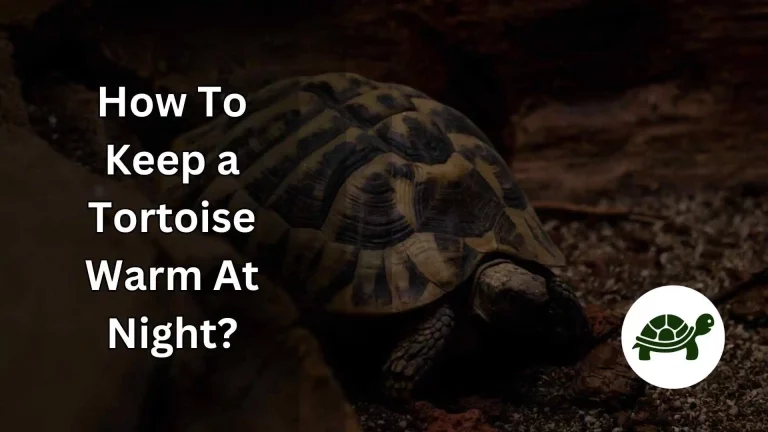Tortoise Temperature Range – All You Need To Know
When you think of caring for a tortoise, aspects like diet and habitat might first come to mind. But did you know that maintaining the right temperature is equally crucial for your shelled friend’s well-being? Just as we humans prefer certain room temperatures for comfort, tortoises too have their ideal temperature zones. And venturing outside these can not only affect their mood but also their health.
In the wild, tortoises are masters of thermoregulation. This term might sound complex, but it essentially refers to their ability to control body temperature in response to environmental conditions. By seeking sun or shade, they ensure they stay within their ideal range. But in our homes or backyards, we have to help recreate these conditions to keep them happy and healthy.
So, whether you’re a new tortoise parent or someone looking to optimize your pet’s habitat, understanding the tortoise temperature range is vital. This guide will provide insights into the ideal temperature zones for various tortoise species, tips for maintaining these ranges, and signs to watch out for in case of temperature-related distress. Let’s dive in!
The Basics of Tortoise Thermoregulation
At a glance, tortoises might seem like simple, slow-moving creatures. However, beneath those sturdy shells lies a fascinating system of thermoregulation. In essence, thermoregulation is the process by which an organism maintains its core internal temperature. Unlike us humans, who are endotherms and generate heat internally, tortoises are ectotherms, relying heavily on external sources to regulate their body temperature.
In the diverse landscapes they hail from—be it arid deserts or tropical rainforests—tortoises have developed instinctual behaviors to stay within their ideal temperature range. On a sunny day, you might find them basking under the sun, soaking up its warmth. As the day heats up, they might seek shade or burrow into the ground to cool down. These natural behaviors are essential for various physiological processes, from digestion to reproduction.
But why is thermoregulation so vital for these shelled wonders? The answer lies in the intimate connection between a tortoise’s body temperature and its metabolic rate. A tortoise kept too cold might become lethargic, refusing to eat or move much. Conversely, one exposed to excessive heat could become overly active or even face life-threatening conditions. By understanding the delicate dance of tortoise thermoregulation, we’re better equipped to provide optimal care for our pet tortoises.
Why Temperature Matters for Tortoises
Imagine wearing a winter coat on a summer day or donning a swimsuit during a snowstorm; uncomfortable, right? In a way, tortoises experience similar discomfort when they’re exposed to temperatures outside their optimal range. But it’s not just about comfort. For these captivating creatures, the right temperature plays a pivotal role in their overall health and well-being.
Temperature directly influences a tortoise’s metabolic functions. Digestion, for instance, is a temperature-dependent process. At optimal temperatures, tortoises can digest their food efficiently, absorb nutrients, and maintain a robust immune system. However, when too cold, their digestive system slows, leading to potential health problems like impaction or malnutrition. On the flip side, excessive warmth can cause a surge in metabolism, making tortoises eat more but not necessarily digest better.
Beyond digestion, temperature also shapes their behavior and reproductive cycles. Tortoises might become more active and exploratory in the right conditions, leading to healthy physical and mental stimulation. In contrast, inappropriate temperatures can lead to stress, reduced appetite, and even hibernation in species not adapted to it. In breeding seasons, temperature can even influence hatchling sex ratios in some species. Clearly, for our shelled companions, temperature isn’t just a matter of comfort; it’s a key to a thriving life.
Ideal Temperature Ranges for Common Pet Tortoises
Every tortoise species, much like humans from different parts of the world, has its own comfort zone when it comes to temperature. The diverse climates and habitats from where they originate shape these preferences. As pet owners, understanding these nuances ensures we create an environment where our tortoises can flourish.
Russian Tortoises
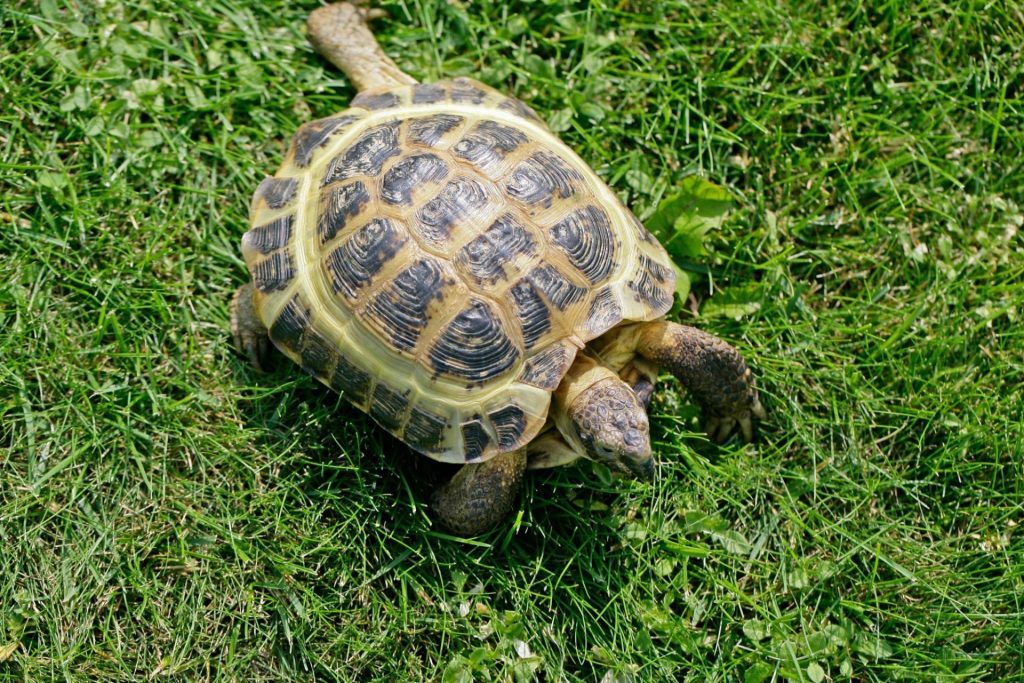
Native to arid landscapes, Russian tortoises prefer daytime temperatures of 70-90°F (21-32°C) and nighttime dips to around 60-70°F (15-21°C).
Sulcata Tortoises
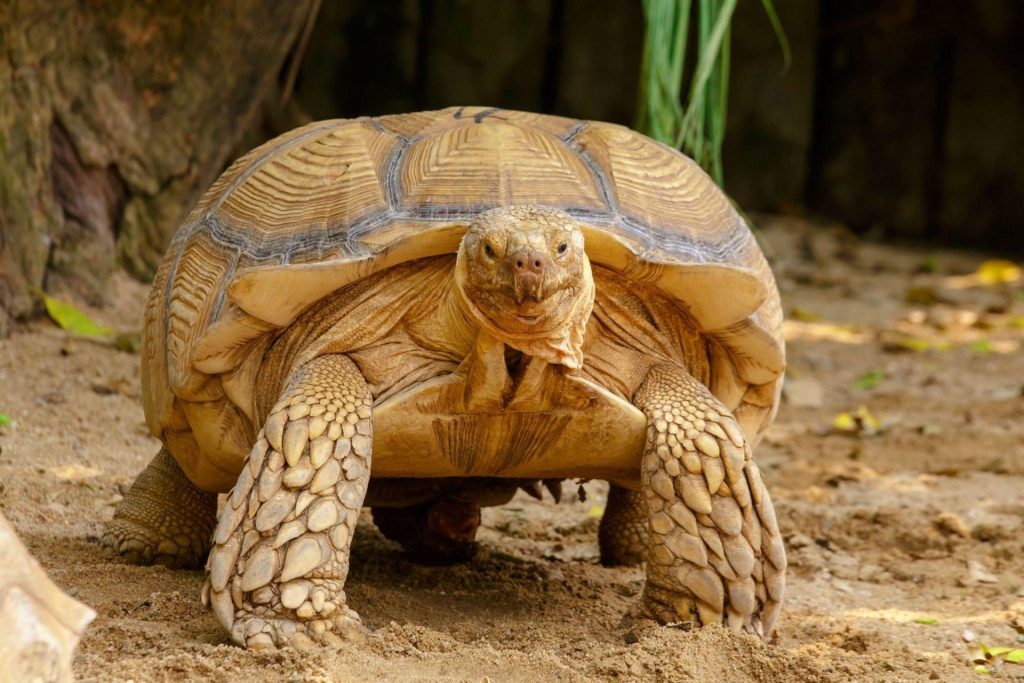
Hailing from the African savannahs, Sulcata tortoises enjoy a warmer range of 75-100°F (24-38°C) during the day, with nighttime temperatures settling between 70-80°F (21-27°C).
Red-footed Tortoises
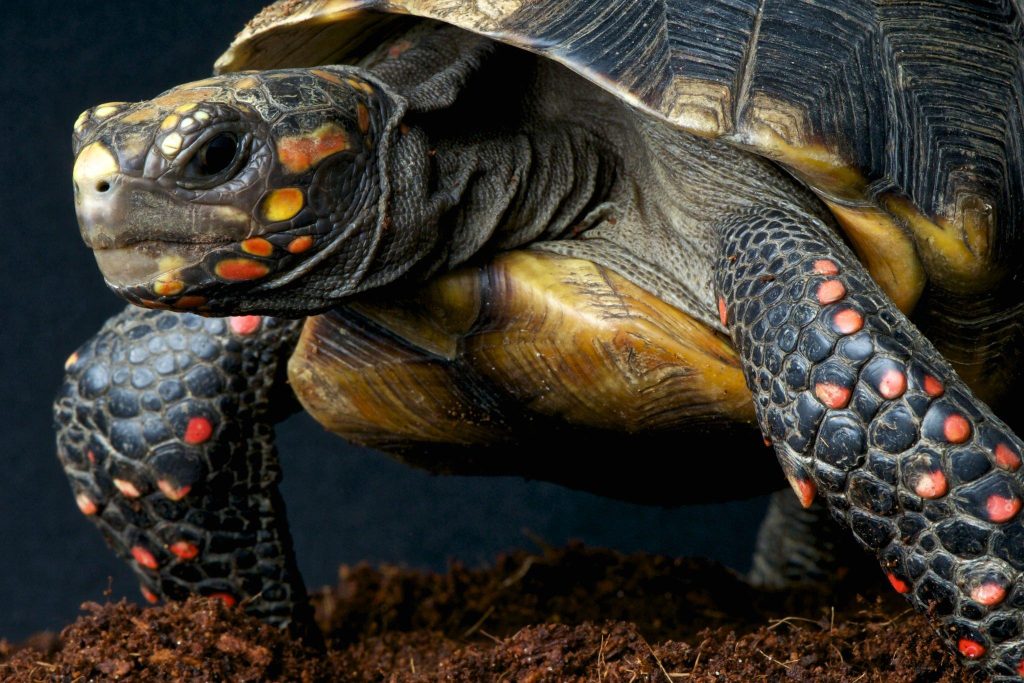
Tropical rainforests are their playground, so Red-footed tortoises thrive in temperatures between 80-90°F (27-32°C) in the day, and a comfortable 75-85°F (24-29°C) at night.
Hermann’s Tortoises
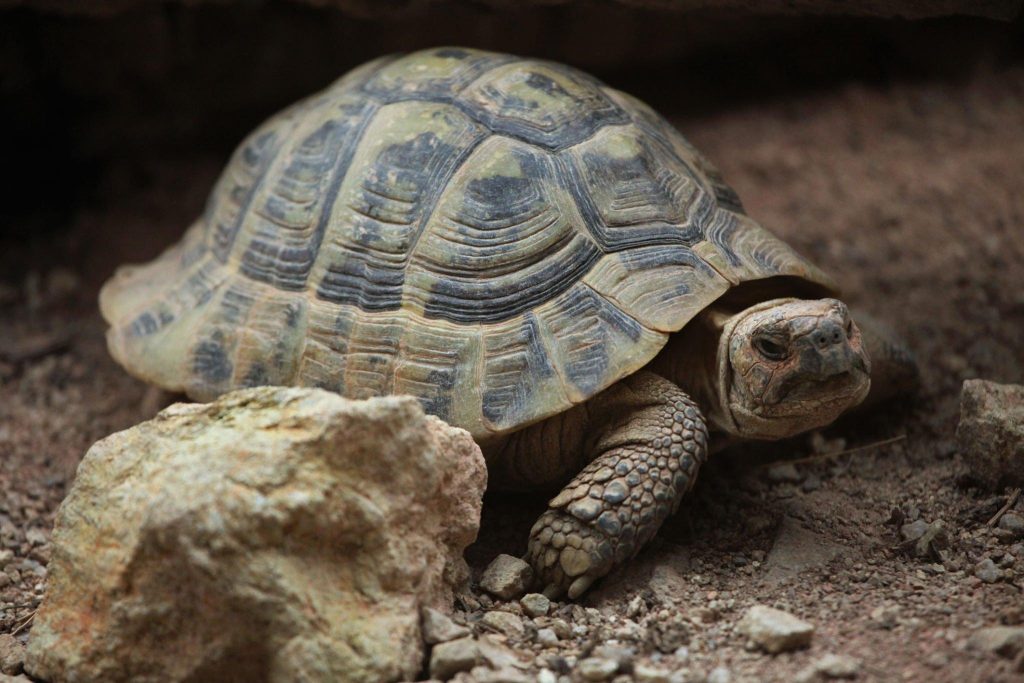
Mediterranean climates are Hermann tortoise’s forte, and they prefer basking in daytime temperatures of 75-85°F (24-29°C), while enjoying cooler nights of around 60-70°F (15-21°C).
While these ranges give a good starting point, remember that variability is key. In the wild, tortoises experience temperature gradients, allowing them to move to warmer or cooler spots as needed. Replicating this gradient in captivity, by having a basking area and a cooler retreat, is essential. This ensures our pets can thermoregulate efficiently, mirroring their natural behaviors, and leading to a healthier, more active lifestyle.
Signs Your Tortoise Is Too Cold or Too Hot
Just as we might shiver in the cold or sweat in the heat, tortoises too exhibit tell-tale signs when they’re not comfortable temperature-wise. Recognizing these signs early can be crucial.
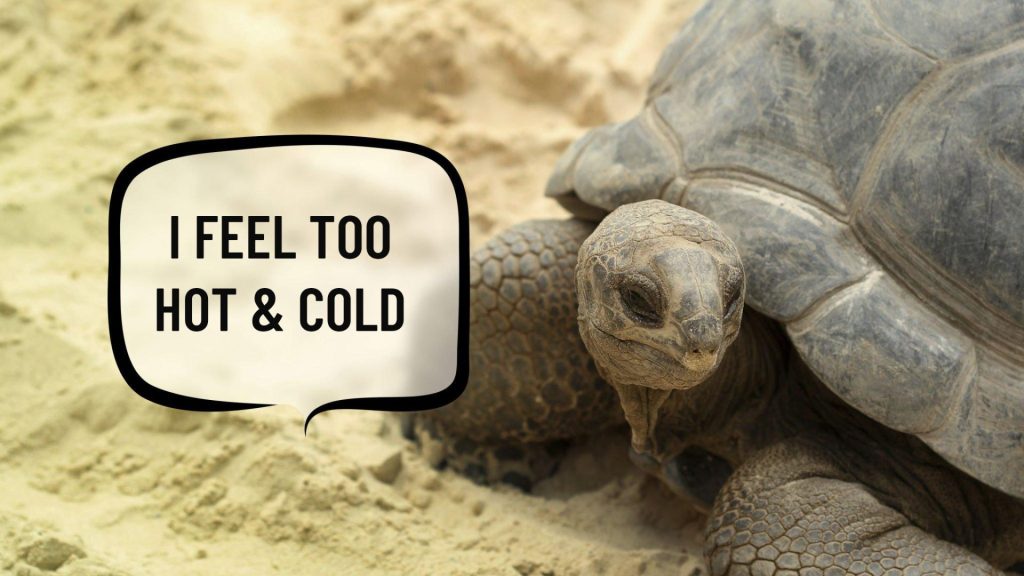
After all, a well-tempered tortoise is not just a happy one, but also a healthy one.
Cold Symptoms
- Lethargy: A cold tortoise might become sluggish, moving less frequently and with less enthusiasm.
- Reduced Appetite: They might eat less or refuse food altogether, which can be alarming considering their usually hearty appetites.
- Prolonged Hibernation: Some species hibernate, but if it extends beyond the usual duration, or if non-hibernating species try to ‘shut down’, it’s a red flag.
- Shallow, Slow Breathing: This could indicate a drop in metabolic rate due to lower temperatures.
Hot Symptoms
- Restlessness: A hot tortoise might seem agitated, pacing its enclosure trying to find a cooler spot.
- Open-Mouth Breathing: If they’re panting or seem to be breathing with their mouth open, it’s a clear sign they’re overheating.
- Retreating to Shade or Burrows: Continuously seeking shelter, even during their typical active hours, indicates they’re trying to cool down.
- Loss of Appetite: Ironically, just as with being too cold, excessive heat can also curb their desire to eat.
Being attuned to these subtle yet vital signs ensures that you can adjust their environment timely, making it comfortable and safe. Remember, it’s always easier to prevent temperature-related issues than to treat them, so regular monitoring is key.
Maintaining the Perfect Temperature
Much like a symphony conductor ensuring every instrument hits the right note, as tortoise caregivers, we too play a pivotal role in orchestrating the perfect temperature for our shelled companions. But fear not, with the right tools and knowledge, this task is less daunting than it might seem!
Tools of the Trade
- Thermometers: A must-have! Digital probe thermometers give accurate readings and can be placed in various spots to monitor gradients. Remember, it’s not just about the overall temperature, but ensuring there’s a warm basking spot and a cooler retreat.
- Heat Lamps: Ideal for providing warmth, especially in the basking area. Ceramic heat emitters or halogen bulbs can be excellent choices. Ensure they’re placed securely to avoid accidents.
- UVB Lamps: Beyond just warmth, tortoises need UVB for vitamin D synthesis, crucial for calcium absorption and shell health.
- Heat Mats & Pads: Useful for some species, especially during colder months, but always use with caution and under a layer of substrate to avoid direct contact.
Seasonal Adjustments
As the seasons change, so will the temperature needs of your enclosure. In summer, ensure there’s plenty of shade and access to fresh water to cool down. In winter, consider insulation or indoor housing for species not accustomed to colder temperatures. Regularly monitoring and adjusting ensures that, come rain or shine, your tortoise experiences the comfort of its natural habitat right in your home.
Safety Precautions
Ensuring the right temperature for your tortoise isn’t just about hitting the right numbers on a thermometer; it’s also about ensuring that the environment remains hazard-free. After all, even the coziest temperature can become problematic if safety isn’t prioritized.
Key Precautions to Consider
- Avoid Direct Contact: Heating elements, whether lamps or mats, should never be in a position where your tortoise can touch them directly. This helps prevent burns or other injuries.
- Secure Fixtures: Ensure that lamps and heaters are securely fixed. The last thing you want is for a curious tortoise to knock one over, leading to potential injury or fires.
- Regularly Check Equipment: Just like any other electrical device, heating and lighting equipment can malfunction. Regularly inspect for signs of wear, damage, or malfunction and replace as necessary.
- Avoid Rapid Temperature Fluctuations: Just as sudden chills aren’t ideal, rapid spikes in temperature can be equally stressful. Ensure changes, especially heating, are gradual.
Ventilation is Key
While maintaining warmth, especially during colder months, ensure there’s adequate ventilation. This helps prevent humidity build-up, which can be detrimental to some tortoise species. Think of it as creating a balanced environment – it’s not just about temperature, but the quality of air they breathe as well.
Remember, while tools and equipment play a role, keen observation and being proactive are your best allies. A safe and comfortable tortoise is a happy and healthy one, and that’s our ultimate goal!
Frequently Asked Questions (FAQs)
1. Can I use a regular light bulb for my tortoise’s enclosure?
While regular light bulbs can provide some warmth, they lack the UVB radiation essential for tortoises. UVB helps tortoises synthesize vitamin D, which in turn aids in calcium absorption—a must for healthy shell and bone development. Consider investing in a specialized reptile UVB bulb to ensure your tortoise gets both warmth and the vital UVB radiation.
2. My tortoise is always in the shade, even when it’s not too hot. Is that normal?
Tortoises seek shade for various reasons. It could be that they’ve already absorbed enough warmth or they might feel more secure in shaded areas. Monitor the temperature and ensure there’s a gradient. If the behavior persists and is combined with other concerning signs, it might be worth consulting with a reptile veterinarian.
3. How often should I change the UVB bulb?
Even if the bulb is shining, its UVB output can degrade over time. Typically, it’s advisable to replace UVB bulbs every 6-12 months to ensure your tortoise gets a consistent and adequate amount of UVB radiation.
4. Is it safe to use heat rocks for tortoises?
Heat rocks can be problematic as they might cause burns. Tortoises might not sense the heat immediately and can get injured if the rock gets too hot. It’s safer to use overhead heating elements or under-tank heaters with proper insulation.
5. Can I let my tortoise roam outside for natural sunlight?
Absolutely! Natural sunlight is the best source of UVB. However, ensure the outdoor environment is safe from predators, the tortoise can’t escape, and there’s access to shade and water. Monitor the temperature and ensure it’s suitable for your tortoise species. Remember, short supervised sessions are better to start with.
Conclusion
Mastering the art of temperature management for our shelled companions is more than just a pet owner’s responsibility; it’s a testament to our commitment to their well-being. By understanding the nuances of tortoise thermoregulation and the intricacies of their habitat needs, we not only foster a vibrant and active tortoise but also bring a slice of their natural world right into our homes.
The journey of caring for a tortoise is a rewarding one, punctuated by the joy of watching them thrive in a tailor-made environment. Remember, every sunbath they take, every burrow they retreat to, is a sign of them embracing the comfort we provide. And in doing so, we’re reminded of the simple yet profound impact of the right temperature on these fascinating creatures.

